Home>Garden Essentials>What Are Seeds In Lily Bloom
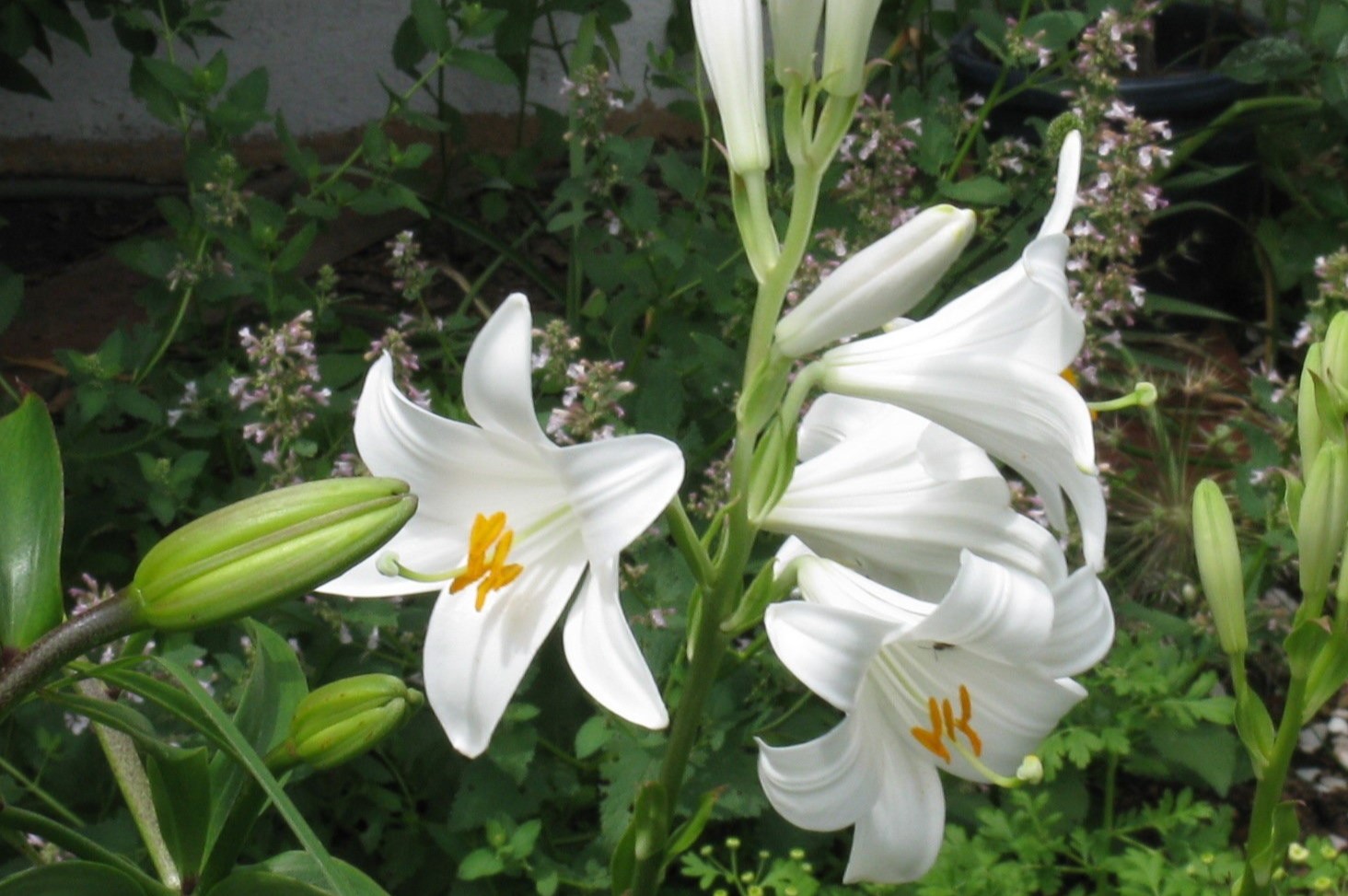

Garden Essentials
What Are Seeds In Lily Bloom
Modified: March 15, 2024
Discover the role of seeds in the blooming process of lilies and how to incorporate them in your garden for vibrant and beautiful results.
(Many of the links in this article redirect to a specific reviewed product. Your purchase of these products through affiliate links helps to generate commission for Storables.com, at no extra cost. Learn more)
Introduction
Welcome to the fascinating world of lilies! These elegant and vibrant flowers have long been adored by garden enthusiasts and flower lovers alike. But have you ever wondered how lilies are able to reproduce and grow? The answer lies in the amazing process of seed formation. In this article, we will explore the intricate details of lily seeds and their role in the captivating blooming cycle of these beautiful flowers.
Lilies are not only renowned for their striking appearance, but they also have a rich history and symbolism in various cultures around the world. Considered a symbol of purity, beauty, and rebirth, lilies have been cultivated for centuries and continue to captivate us with their exquisite blooms.
Understanding the process of lily seed formation allows us to appreciate the intricate mechanisms through which these flowers propagate and ensure their survival. From the moment a lily bud unfurls to the moment it produces seeds, each stage of the blooming cycle is a testament to the wonders of nature.
In this article, we will delve into the fascinating world of lily seeds. We will explore everything from their formation to the different types of lily seeds and how they germinate. Additionally, we will discuss the importance and benefits of lily seeds, as well as how to collect, store, and plant them to continue the cycle of lily growth year after year.
Whether you are new to gardening or have a seasoned green thumb, understanding seeds and their role in the life cycle of plants is essential. And when it comes to lilies, the intricate process of seed formation adds another layer of enchantment to the already captivating blooms.
So join us on this journey to uncover the secrets of lily seeds and discover the beauty and wonder they hold within. Get ready to dive into the world of seeds in lily bloom and unravel the magic that lies beneath the surface of these exquisite flowers.
Key Takeaways:
- Lily seeds are like tiny plant “babies” that contain all the genetic information needed to grow into beautiful lilies, contributing to the diversity and beauty of gardens.
- Collecting and planting lily seeds allows for creative expression, conservation of unique traits, and the joy of nurturing new life in gardens, offering a rewarding and educational experience.
Read more: What Do Lily Of The Valley Seeds Look Like
What Are Seeds?
Seeds are the tiny, powerhouse structures that serve as the carriers of life for plants. They are essentially the plant’s “babies” and contain all the genetic information needed to grow and develop into a mature plant. Seeds serve as a means of propagation, allowing plants to reproduce and ensure the survival of their species.
At their most basic level, seeds consist of three main parts: the seed coat or outer protective layer, the embryo or young plant, and the endosperm or food source. The seed coat acts as a protective barrier, shielding the embryo and endosperm from external factors such as moisture, pests, and temperature fluctuations.
Within the seed, the embryo holds the potential to develop into a fully-grown plant. It contains the essential structures such as the shoot tip, which eventually becomes the stem and leaves, and the root tip, which grows into the plant’s root system. The endosperm, on the other hand, provides nourishment to the developing embryo until it can establish its own root system and start obtaining nutrients from the soil.
Seeds come in a myriad of shapes, sizes, and structures, depending on the plant species they belong to. Some seeds are tiny and barely visible to the naked eye, while others are large and easily recognizable. Additionally, seeds can be dispersed by various means, including wind, water, animals, or even by self-dispersal mechanisms within the plant itself.
For lilies specifically, seeds play a vital role in their reproduction and growth. As the lily flower blooms and matures, it undergoes a unique process of fertilization, resulting in the formation of seeds. These seeds contain the genetic material necessary for the production of new lily plants with characteristics inherited from their parent plants.
Now that we have a basic understanding of what seeds are and their significance in the life cycle of plants, let’s delve into the intriguing journey of lily seeds, from their formation to germination, and explore the different types of lily seeds that exist.
The Life Cycle of a Lily
The life cycle of a lily is a fascinating journey that encompasses several stages, each with its own unique characteristics and requirements. Understanding the life cycle of a lily is essential for successful cultivation and appreciation of these stunning flowers.
The life cycle of a lily begins with the germination of a seed. When conditions are favorable, the seed sprouts and sends out a tiny root, which anchors the plant into the soil. As the root grows, it absorbs water and nutrients from the soil to support the plant’s growth.
Once the root is established, a shoot emerges from the seed and grows upward towards the surface. This shoot develops into a sturdy stem, which serves as the framework for the lily plant. As the stem continues to grow, it produces leaves, which are responsible for conducting photosynthesis – the process through which plants convert sunlight into energy.
With a strong root system and healthy leaves, the lily plant enters its vegetative phase. During this stage, the plant focuses on growth and building resources. The plant continues to produce more leaves and stems, increasing in size and establishing a robust framework.
After a period of vegetative growth, the lily plant transitions into the reproductive phase. This is when flower buds start to develop. Lily flowers are known for their captivating beauty and come in a wide range of colors, shapes, and sizes.
The flower bud matures and eventually opens up, revealing the exquisite petals, stamens, and pistils. Lilies have six petals arranged in two whorls, with three petals in each whorl. The stamens are the male reproductive organs, while the pistil is the female reproductive organ.
For pollination to occur, the lily relies on external agents, such as insects or wind. When a pollinator, such as a bee, transfers pollen from the stamen to the pistil, fertilization takes place. The pollen travels down the pistil and reaches the ovary, where the seeds begin to form.
As the seeds develop, the petals of the lily flower start to wither and eventually fall off. The focus of the plant’s energy shifts from the flower to the developing seeds. The ovary swells and transforms into a seed pod, protecting the seeds within its walls.
Once the seeds have matured and the seed pod starts to dry out, the lily plant enters its final phase. The seed pod splits open, releasing the seeds into the environment. These seeds can now be dispersed by various means, such as wind or animals.
The life cycle of a lily is a continuous process, and once the seeds are scattered, they have the potential to germinate and start the cycle anew. Understanding the different stages of a lily’s life cycle can aid in appropriate care and cultivation practices, ensuring the successful growth and blooming of these magnificent flowers.
Now that we have explored the life cycle of a lily, let’s dive deeper into the intricate process of lily seed formation and the different types of lily seeds that exist.
Lily Seed Formation
Lily seed formation is a remarkable process that occurs after successful pollination. Once a lily flower has been pollinated, the fertilization of the ovule takes place, resulting in the production of seeds. These seeds carry the genetic information necessary for the growth and development of a new lily plant.
After pollination, the pollen grains from the stamen travel down the pistil to reach the ovary. The ovary contains multiple ovules, which are the structures that house the female reproductive cells or eggs. Once the pollen reaches the ovule, it fertilizes the egg cell, initiating the process of seed formation.
During fertilization, the male and female reproductive cells fuse, combining their genetic material to form a zygote. This zygote undergoes cell division, expanding and developing into an embryo. The embryo contains all the genetic instructions needed for the formation of a new lily plant.
Additionally, as the fertilized ovule continues to develop, the surrounding ovary transforms and thickens, forming a protective structure called the seed coat. The seed coat serves as a barrier, shielding the developing embryo and providing protection against external factors such as moisture and pests.
As the seed matures, it undergoes further changes. The endosperm, which initially provided nourishment to the developing embryo, begins to diminish. This process allows the embryo to rely on stored energy within its cells as it prepares for germination.
Once the seed has completed its development, the ovary dries out, and the seed pod starts to split open. This natural opening allows the mature seeds to be released into the surrounding environment.
It is important to note that not all flowers produce viable seeds. Some lilies may produce seeds that are not viable, meaning they will not germinate and grow into a new plant. This can be due to various factors, such as incomplete fertilization or genetic abnormalities. However, when conditions are favorable and the seeds are viable, they hold the potential to give rise to new lily plants.
Understanding the process of lily seed formation provides insight into the intricate mechanisms through which plants reproduce and ensure their survival. These tiny structures contain the genetic information that carries on the traits of their parent plants, contributing to the diversity and beauty of lilies.
Now that we have explored the fascinating process of lily seed formation, let’s discover the different types of lily seeds that exist and how they contribute to the diversity of lily blooms.
Types of Lily Seeds
Lily seeds come in various types, each with its own characteristics and growth requirements. Understanding the different types of lily seeds can help gardeners and enthusiasts choose the right varieties for their gardens and create a diverse display of stunning lily blooms.
1. Species Lily Seeds: Species lilies are the wild, original forms of lilies found in nature. These lilies can produce seeds that carry the traits of the parent plants. Growing species lilies from seeds allows for the preservation of their unique characteristics, contributing to the conservation of these beautiful plants.
2. Hybrid Lily Seeds: Hybrid lilies are created through the cross-pollination of different lily species. The resulting seeds carry a combination of traits from the parent plants, resulting in unique and visually striking blooms. Hybrid lily seeds offer a wide range of colors, shapes, and sizes, allowing gardeners to experiment and create their own stunning combinations.
3. Oriental Lily Seeds: Oriental lilies are known for their fragrant blooms and large, showy flowers. Seeds from Oriental lilies can produce plants with fragrant and visually captivating blooms in shades of white, pink, and various hues of red. These lilies are a popular choice for adding a touch of elegance and fragrance to gardens and floral arrangements.
4. Asiatic Lily Seeds: Asiatic lilies are known for their bold, vibrant colors and early bloom times. They produce seeds that can give rise to plants with a wide range of colors, including yellow, orange, red, and purple. Asiatic lilies are versatile and can thrive in a variety of growing conditions, making them a popular choice for many gardeners.
5. Trumpet Lily Seeds: Trumpet lilies are characterized by their trumpet-like blooms and strong fragrance. These lilies produce seeds that can give rise to plants with large, impressive flowers in shades of white, yellow, and pink. Trumpet lilies add a touch of elegance and grandeur to any garden or floral arrangement.
6. Martagon Lily Seeds: Martagon lilies are known for their graceful, downward-facing blooms and attractive foliage. They produce seeds that can give rise to plants with unique flower patterns and colors, including white, pink, and purple. Martagon lilies are a popular choice for adding a touch of natural charm to woodland gardens.
7. Dwarf Lily Seeds: Dwarf lilies are compact varieties that are perfect for small gardens, containers, or borders. They produce seeds that can give rise to smaller, more compact plants with stunning blooms. Dwarf lilies come in various colors and are ideal for adding pops of color to limited space.
It is important to note that growing lilies from seeds requires patience and care. Some varieties may take several years to reach maturity and produce blooms. However, the process of growing lilies from seeds can be incredibly rewarding, as it allows for the exploration of unique variations and the creation of a truly personal and diverse lily garden.
Now that we have explored the different types of lily seeds, let’s delve into the fascinating process of germinating lily seeds and the importance and benefits they hold in the world of gardening.
When lilies bloom, they produce seeds that can be collected and planted to grow new lily plants. To collect the seeds, wait for the lily flower to wilt and the seed pod to form, then carefully remove the pod and extract the seeds for planting.
Read more: What Do Canna Lily Seeds Look Like
Germination of Lily Seeds
The germination of lily seeds marks the beginning of a new chapter in the life cycle of these captivating flowers. Although germinating lily seeds can be a bit challenging, the process is incredibly rewarding and allows for the cultivation of unique varieties. Let’s explore the steps involved in successfully germinating lily seeds.
1. Seed Preparation: Before germination can occur, it is important to properly prepare the lily seeds. Start by harvesting the mature seeds from the seed pod once it has dried out and split open. Gently clean the seeds to remove any debris or excess pulp. Some gardeners also recommend soaking the seeds in water for 24 hours to help soften the seed coat, aiding in quicker germination.
2. Stratification: Many lily seeds require a period of cold stratification to break their dormancy and stimulate germination. Cold stratification mimics the natural conditions that lily seeds experience during winter. Place the cleaned and soaked seeds in a sealed plastic bag with a moistened medium, such as peat moss or vermiculite. Store the bag in the refrigerator for about 6 to 8 weeks. This process helps to soften the seed coat and prepares the seeds for germination.
3. Sowing the Seeds: After the period of cold stratification, it’s time to sow the lily seeds. Fill a seed tray or pots with a well-draining, sterile seed-starting mix. Make shallow indentations in the soil, about 1/2 inch deep, and place the seeds inside. Cover the seeds lightly with soil, making sure not to bury them too deep. Mist the soil gently to provide moisture without disturbing the seeds.
4. Provide Optimal Conditions: Lily seeds require specific conditions for successful germination. Place the seed tray or pots in a warm and bright location, but away from direct sunlight, which can dry out the soil too quickly. Maintain a consistent moisture level by misting the soil regularly, making sure it stays moist but not waterlogged. Using a plastic cover or plastic wrap can help retain moisture. Germination can take several weeks, so be patient and attentive to the needs of the seeds.
5. Transplanting Seedlings: Once the lily seedlings have developed two to three true leaves, they can be transplanted into individual pots with well-draining soil. Handle the delicate seedlings with care, ensuring not to damage their roots. Place the pots in a bright location with indirect sunlight and continue to provide adequate moisture.
6. Continued Care: As the lily seedlings grow, continue to provide them with proper care. Ensure they receive sufficient light, water them regularly but avoid overwatering, and fertilize them with a balanced, diluted fertilizer to promote healthy growth. Keep an eye out for pests or diseases and take appropriate measures to address any issues that arise.
With consistent care and attention, the lily seedlings will develop into mature plants and eventually produce their own spectacular blooms. It is important to note that not all lily seeds will germinate successfully, and some varieties may have lower germination rates than others. However, the joy of successfully germinating and nurturing lily seeds is well worth the effort.
Now that we have explored the germination process, let’s move on to understanding the importance and benefits of lily seeds in gardening and horticulture.
Importance and Benefits of Lily Seeds
Lily seeds play a crucial role in the world of gardening and horticulture, offering a multitude of benefits to enthusiasts and professionals alike. Let’s explore the importance and benefits of lily seeds in more detail.
1. Genetic Diversity: Lily seeds contribute to the genetic diversity of lilies. By growing lilies from seeds, gardeners can explore and preserve the wide range of traits, colors, and forms found within different lily species and hybrids. This genetic diversity has a significant impact on the overall beauty and variety of lily blooms.
2. Creative Expression: Growing lilies from seeds allows for creative expression in gardening. With an assortment of lily seed varieties available, gardeners can experiment and create unique combinations of colors, shapes, and sizes in their gardens. This opens up endless possibilities for creating visually stunning displays and personalizing their outdoor spaces.
3. Conservation and Preservation: By growing lilies from seeds, gardeners contribute to the conservation and preservation of lily species. Many lilies, particularly native species, face threats in their natural habitats due to habitat loss and climate change. By nurturing lily seeds and growing new plants, gardeners participate in the preservation of these endangered or threatened species.
4. Cost-Effectiveness: Growing lilies from seeds can be a cost-effective way to expand your lily collection. Purchasing mature bulbs or plants can be more expensive compared to obtaining a packet of lily seeds. By growing from seeds, gardeners can easily propagate a larger number of lilies at a fraction of the cost, enabling them to enjoy a greater variety of blooms in their gardens.
5. Educational Experience: Growing lilies from seeds offers an educational experience for gardeners of all levels, including children. Observing the life cycle of a lily from seed germination to full bloom provides valuable lessons in plant biology, patience, and the importance of nurturing living organisms. It is a hands-on opportunity to learn about the delicate balance of nature and the wonders of plant reproduction.
6. Long-Term Sustainability: Growing lilies from seeds contributes to the long-term sustainability of these beautiful flowers. By producing new plants from seeds, gardeners ensure a continuous supply of lilies for future generations to enjoy. It is a proactive approach to sustain the beauty and diversity of lilies and promote the importance of gardening in environmental conservation.
Whether you are a dedicated gardener, a lily enthusiast, or simply someone who appreciates the beauty of flowers, lily seeds offer a range of benefits that are worth exploring. From their contribution to genetic diversity and creative expression to their role in conservation and education, lily seeds are an important component in the world of gardening and horticulture.
Now that we understand the importance and benefits of lily seeds, let’s move on to discovering how to collect and store these precious seeds for future planting and propagation.
How to Collect Lily Seeds
Collecting lily seeds allows gardeners to expand their collection, propagate new plants, and preserve the genetic diversity of these captivating flowers. Here are step-by-step instructions on how to collect lily seeds:
1. Identify Seed-Producing Lilies: Look for lilies in your garden or in the wild that have matured and produced seed pods. Not all lilies produce viable seeds, so it’s important to identify lilies that have reached the stage of seed formation.
2. Observe Seed Pod Development: As lily flowers fade, the ovary at the base of the flower develops into a seed pod. The seed pod becomes larger and changes color, usually turning green or brown. Wait until the seed pod has fully ripened and starts to dry out before collecting the seeds.
3. Harvest the Seed Pod: Use clean, sharp scissors or pruners to carefully cut the seed pod from the plant. Make sure to leave a short section of stem attached to the seed pod to facilitate handling. Handle the seed pod gently to avoid damaging it and the seeds inside.
4. Prepare Seed Collection Container: Place a clean and dry container, such as a paper envelope or a small paper bag, on a flat surface. Label the container with the name of the lily variety and the date of collection to ensure proper identification. This step is crucial for organizing and keeping track of different seed varieties.
5. Open the Seed Pod: Carefully split open the seed pod using your fingers or a clean tool, such as a knife or tweezers. Be cautious not to damage the seeds inside. Inside the seed pod, you will find small, dark-colored seeds, usually arranged in a cluster.
6. Collect the Seeds: Gently shake or tap the seed pod over the open container to release the seeds. Take time to collect all the seeds from the pod, ensuring none are left behind. Be patient, as some seed pods may contain numerous seeds while others may have fewer.
7. Remove Excess Debris: Once the seeds are collected, examine them carefully and remove any excess debris or husks that may have fallen into the container. This will help ensure that only clean, viable seeds are stored.
8. Close and Store the Container: Seal the container tightly to prevent moisture and air from entering. Store the container in a cool, dry place away from direct sunlight. Proper storage conditions are essential for maintaining seed viability.
Remember, not all lily seeds have high germination rates, and some varieties may require specific treatment, such as stratification, to break dormancy and improve germination. It’s important to research the specific requirements of the lily variety you are working with.
Collecting lily seeds is a rewarding endeavor that allows you to preserve the genetic diversity of these stunning flowers and expand your collection. With patience, care, and proper storage, you can enjoy the process of collecting and sowing lily seeds to witness the enchanting blooms they produce.
Now that we have covered how to collect lily seeds, let’s move on to the crucial steps of storing and planting these precious seeds for successful germination and growth.
Storing and Planting Lily Seeds
Proper storage and planting techniques are crucial for the successful germination and growth of lily seeds. Here are the essential steps for storing and planting lily seeds:
Storing Lily Seeds:
1. Dry the Seeds: Before storing the lily seeds, ensure they are completely dry. Spread the seeds out on a clean, dry surface and allow them to air-dry for a few days. This will help prevent the seeds from rotting during storage.
2. Use a Suitable Container: Transfer the dried lily seeds to a clean, airtight container such as a paper envelope or a small plastic bag. Make sure the container is labeled with the name of the lily variety and the date of collection for easy identification in the future.
3. Provide Cool and Dry Storage: Store the lily seeds in a cool, dry place away from direct sunlight. A refrigerator is an ideal storage location, as it provides consistent cool temperatures. Place the sealed container with the seeds in the refrigerator, ensuring they are not exposed to moisture or extreme temperatures.
4. Check and Rotate: Occasionally check on the stored lily seeds to ensure they remain dry and viable. If any moisture or mold is detected, discard the affected seeds. It is also recommended to rotate the container every few months to prevent moisture buildup and maintain seed viability.
Planting Lily Seeds:
1. Determine the Planting Time: Lily seeds are best sown in the late fall or early spring to simulate natural dormancy and cold stratification conditions. Timing may vary depending on your climate and the specific requirements of the lily variety you are planting.
2. Prepare the Planting Site: Choose a location in your garden that receives ample sunlight and has well-draining soil. Ensure the soil is loosened and free of debris, rocks, or weeds that could impede seedling growth.
3. Sow the Seeds: Make shallow indentations in the soil, approximately 1/4 to 1/2 inch deep. Space the seeds accordingly, following the planting instructions specific to the lily variety. Gently cover the seeds with soil, patting it down lightly to ensure good seed-to-soil contact.
4. Provide Care and Maintenance: Water the newly planted seeds lightly to keep the soil moist but not waterlogged. Monitor the soil moisture levels and adjust watering accordingly. As the seedlings emerge, provide them with adequate sunlight, ensuring they receive at least 6 hours of direct sunlight per day.
5. Thin and Transplant: Once the seedlings have developed a few true leaves, thin them out if they are overcrowded. Leave the strongest and healthiest seedlings, spacing them at least a few inches apart. When the seedlings are larger and have a developed root system, they can be transplanted into their permanent locations in the garden, following proper spacing guidelines.
6. Provide Ongoing Care: Maintain regular watering, ensuring the soil remains consistently moist but not waterlogged. Apply a balanced fertilizer periodically to provide essential nutrients. Protect the seedlings from pests, diseases, and harsh weather conditions by using appropriate preventive measures. Continue to monitor their growth and provide necessary support or staking as needed.
By following these storage and planting steps, you can maximize the chances of successful lily seed germination and the growth of healthy lily plants. Patience and consistent care will yield beautiful blooms and the joy of seeing your efforts come to fruition.
Now that we have covered storing and planting lily seeds, it’s time to wrap up our exploration of the enchanting world of lilies.
Read more: How To Grow Lily Seeds
Conclusion
Exploring the world of lilies and their seeds has revealed the intricate beauty and remarkable processes that make these flowers so captivating. From the formation of seeds through pollination and fertilization to germination and growth, lilies showcase the wonders of nature and the cycle of life.
Lily seeds are not only important for the propagation and preservation of lily species but also offer a multitude of benefits to gardeners and enthusiasts. Their genetic diversity allows for creative expression, the conservation of unique traits, and the expansion of lily collections. Growing lilies from seeds provides a cost-effective and educational experience, while their long-term sustainability contributes to the beauty of gardens for generations to come.
Collecting and storing lily seeds require attention to detail, ensuring their viability and optimum conditions. Proper planting techniques, along with care and maintenance, set the stage for successful germination and the growth of healthy lily plants. With patience, the rewards of witnessing the transformation from seed to stunning blooms are well worth the efforts.
As we conclude our exploration of lily seeds, we hope you have gained a deeper appreciation for the beauty, diversity, and significance of these remarkable flowers. Whether you are a seasoned gardener or a curious enthusiast, the journey of growing lilies from seeds opens up a world of possibilities and allows you to participate in nature’s miracle of reproduction.
So, take the knowledge you have gained and embark on your own lily seed adventure. Select your favorite lily varieties, collect their seeds, and embrace the wonder of nurturing new life in your garden. Let the elegance, colors, and fragrances of lilies grace your outdoor spaces, bringing joy and beauty to your surroundings.
Remember, gardening is not just about the end result, but also the journey. It teaches us patience, resilience, and the interconnectedness of living organisms. So, immerse yourself in the enchanting world of lily seeds, and may your gardens be filled with the timeless beauty and grace of these wondrous flowers.
Frequently Asked Questions about What Are Seeds In Lily Bloom
Was this page helpful?
At Storables.com, we guarantee accurate and reliable information. Our content, validated by Expert Board Contributors, is crafted following stringent Editorial Policies. We're committed to providing you with well-researched, expert-backed insights for all your informational needs.
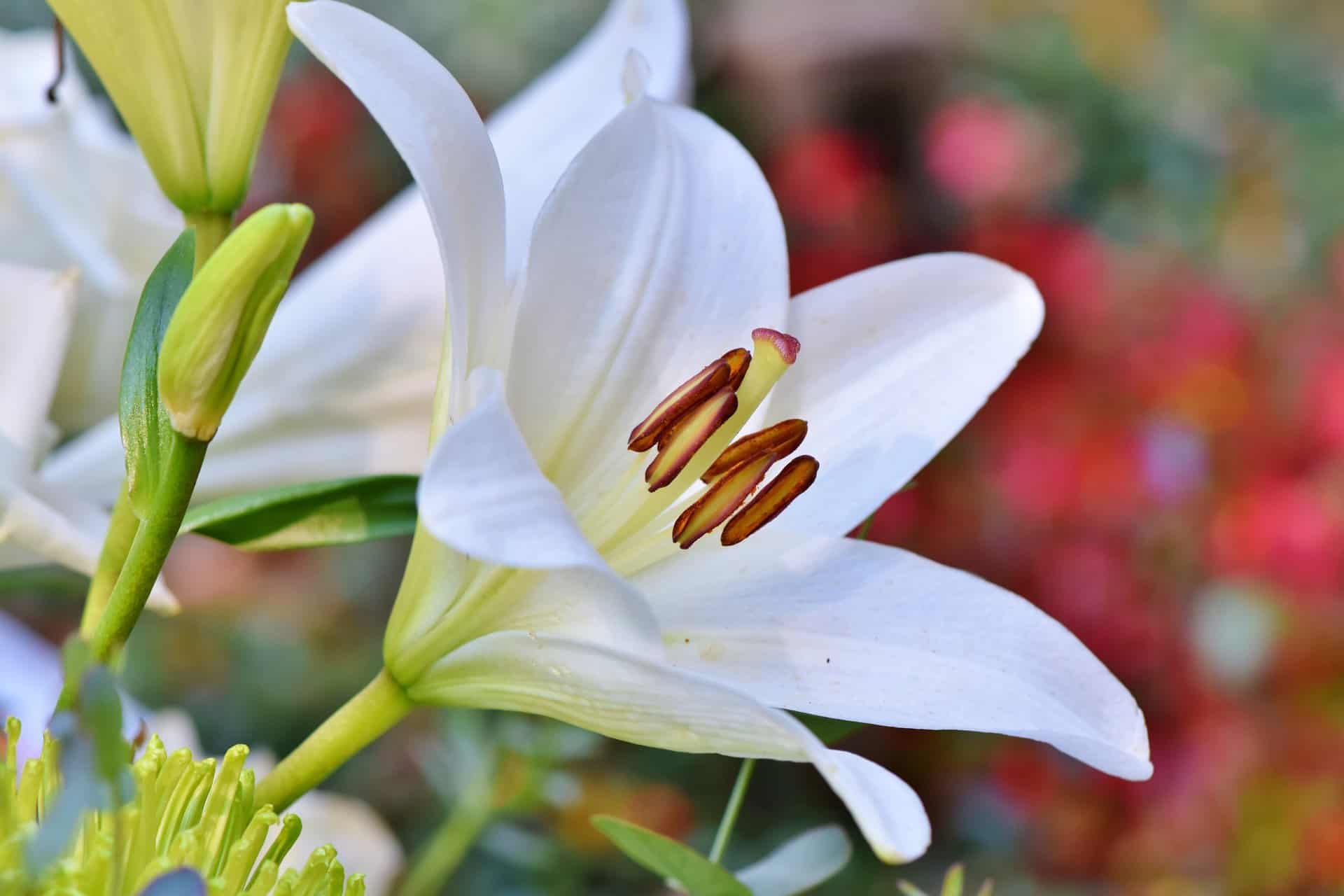
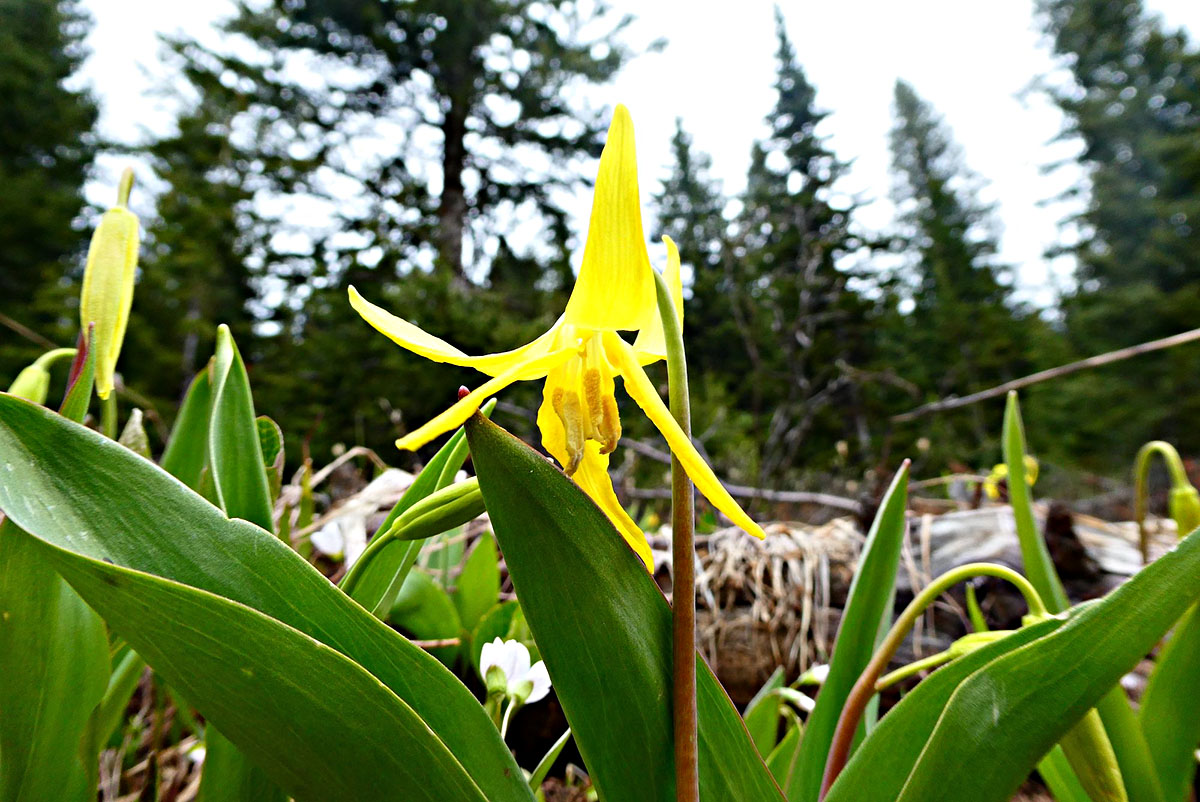
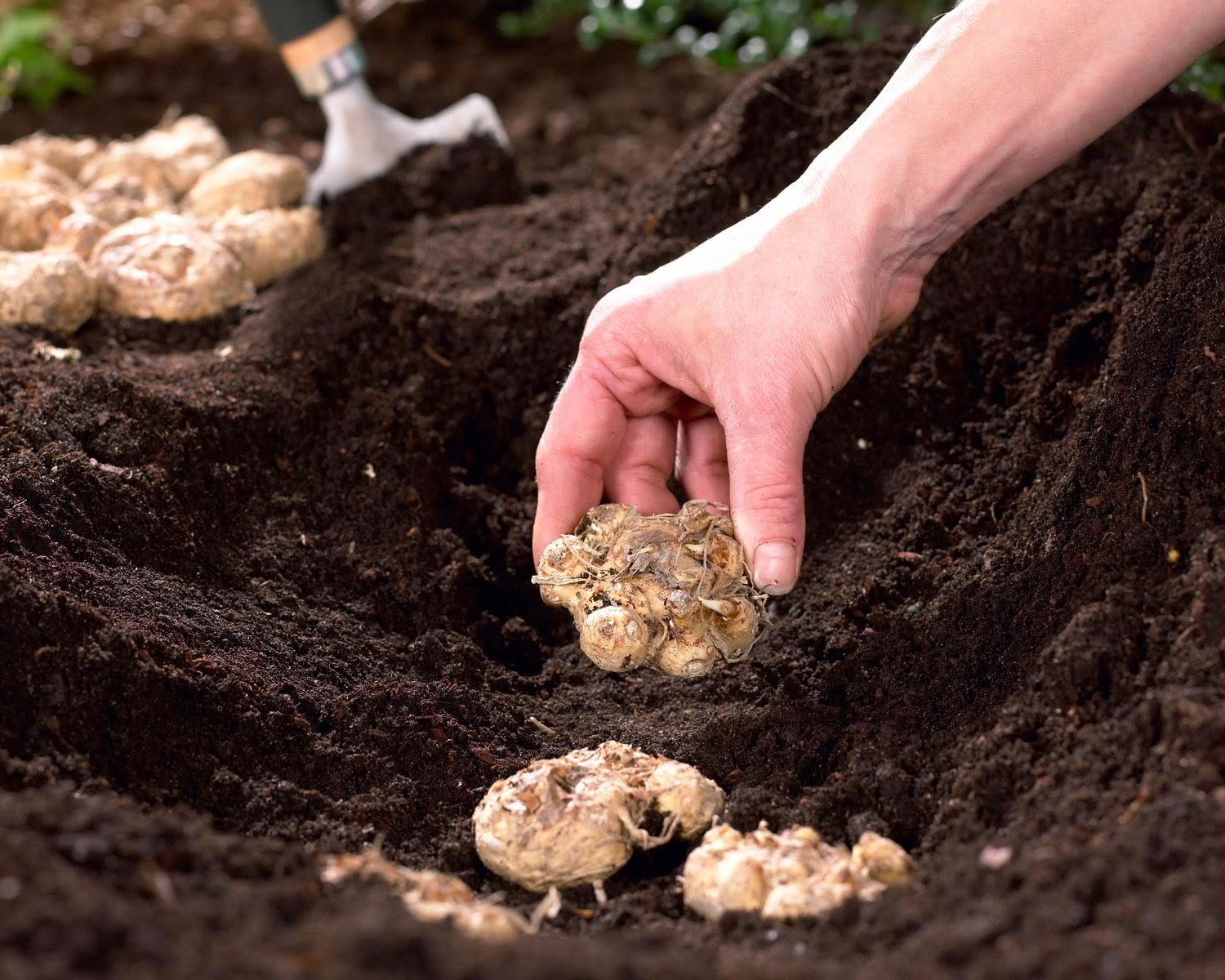
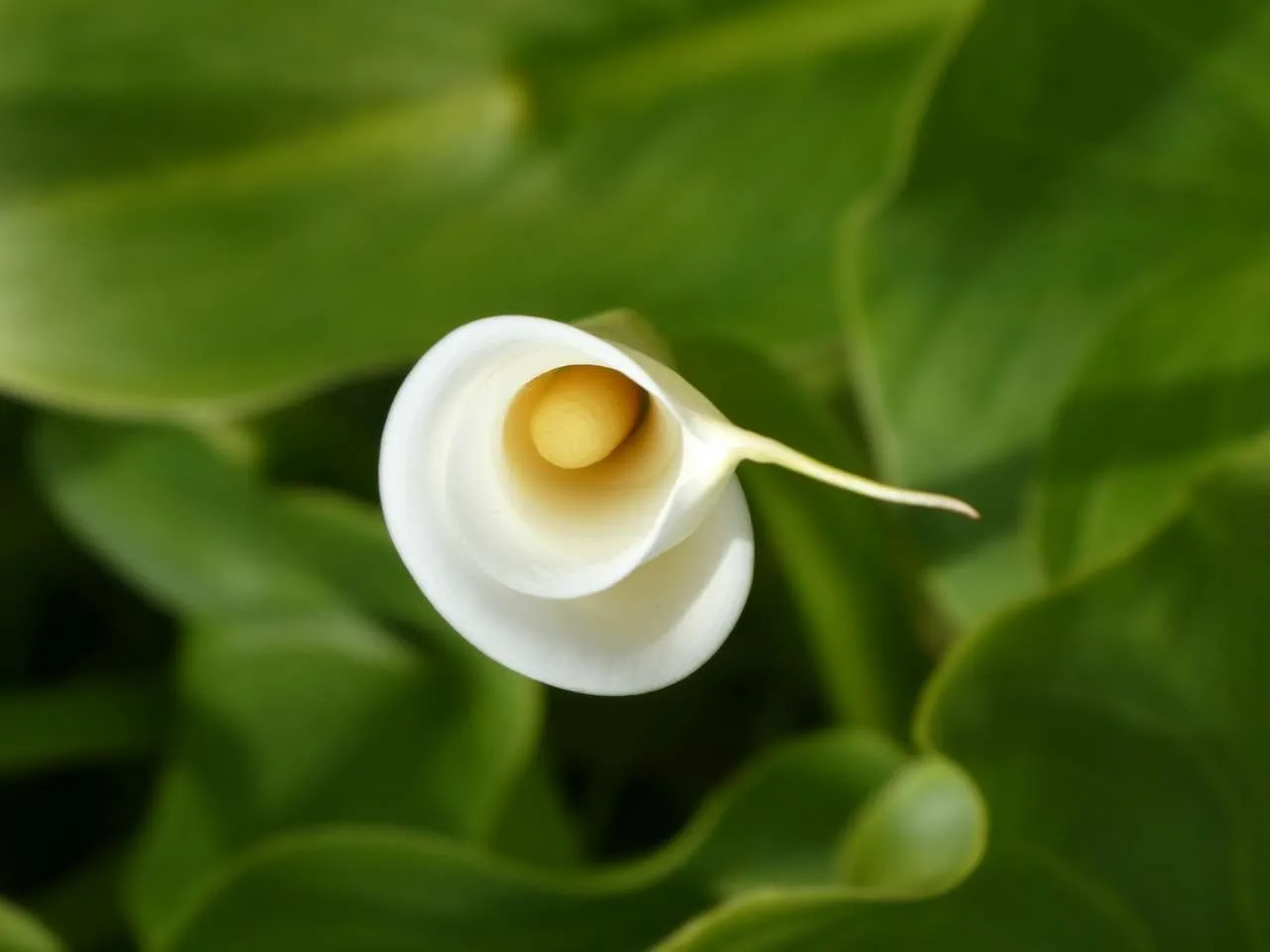
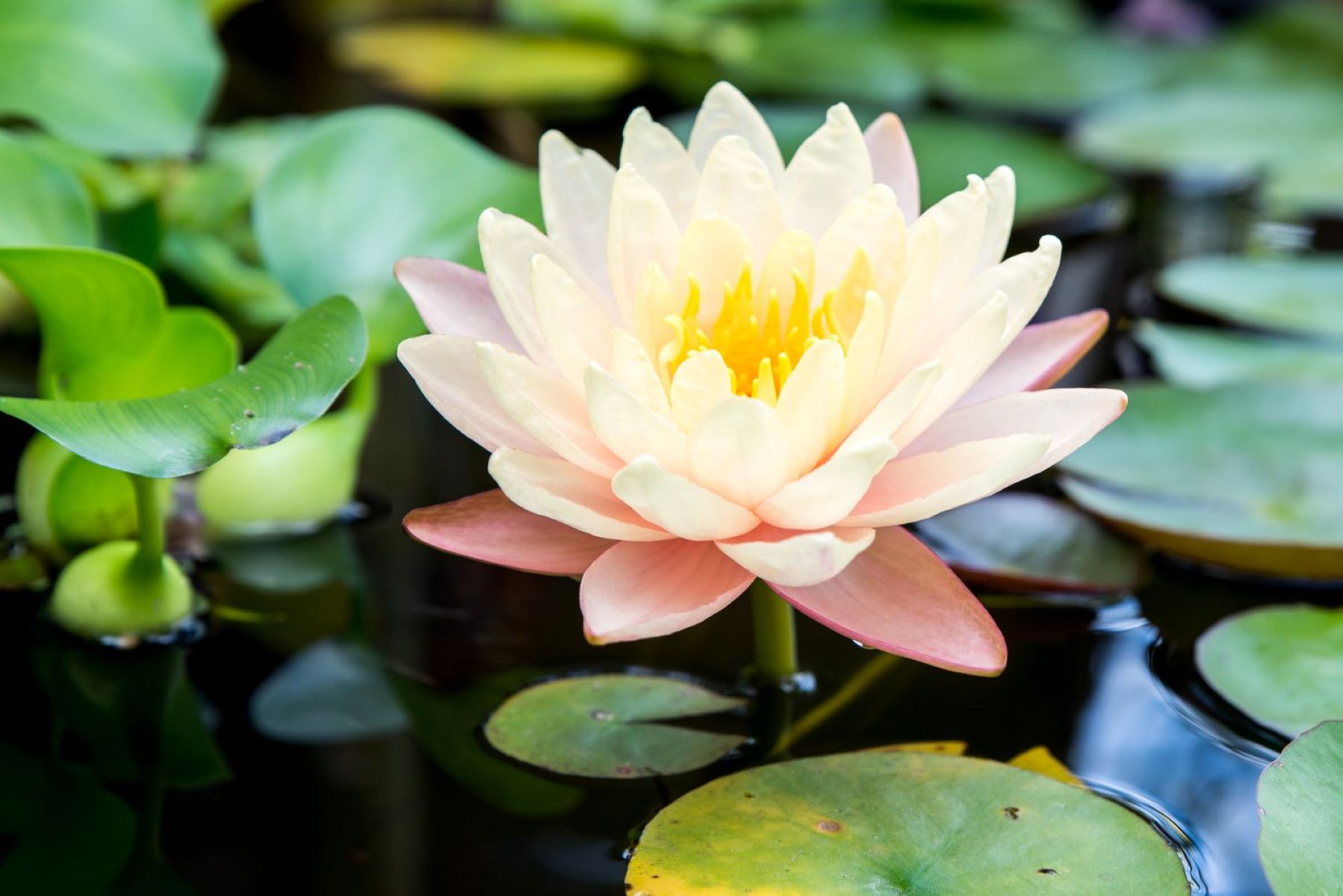
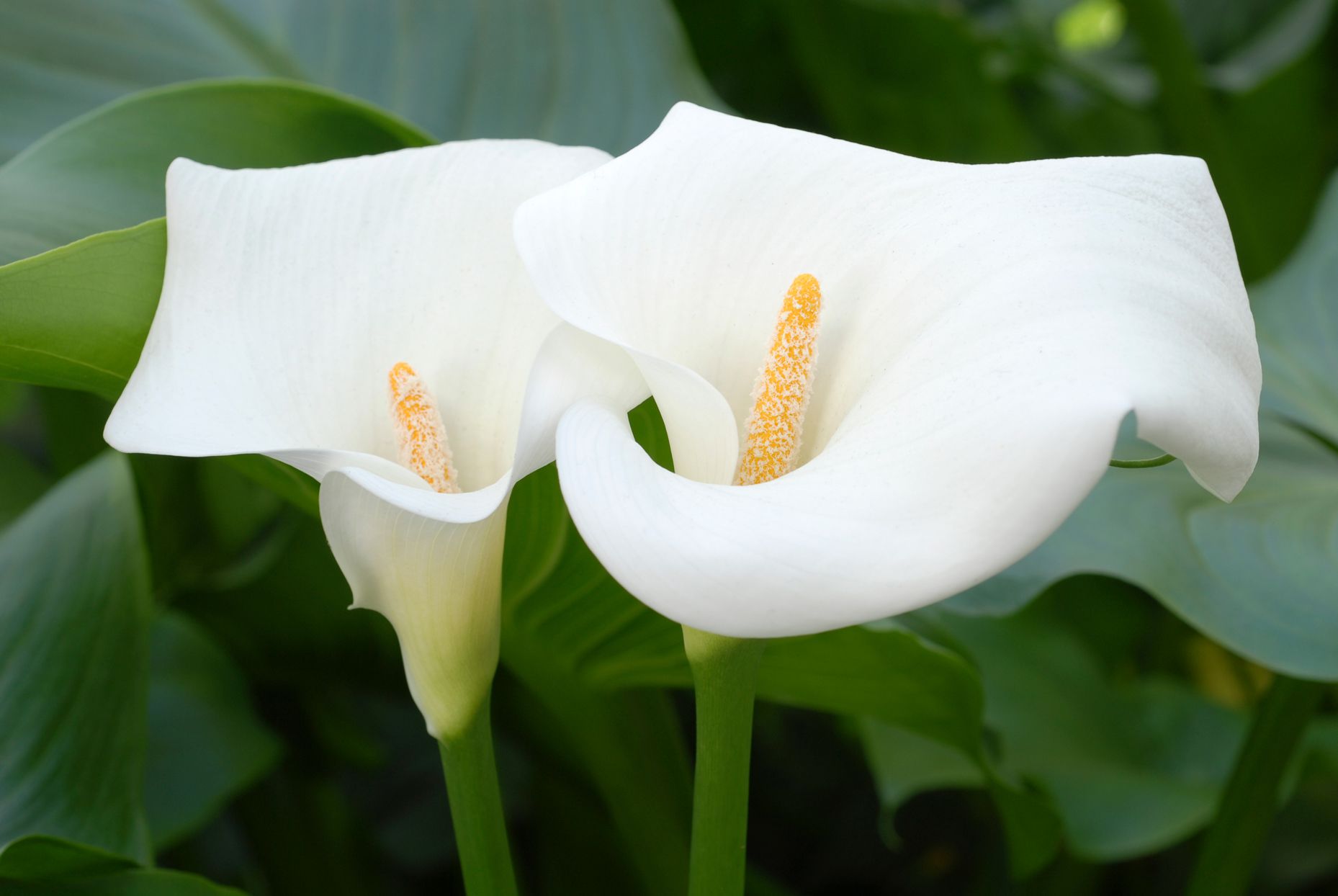
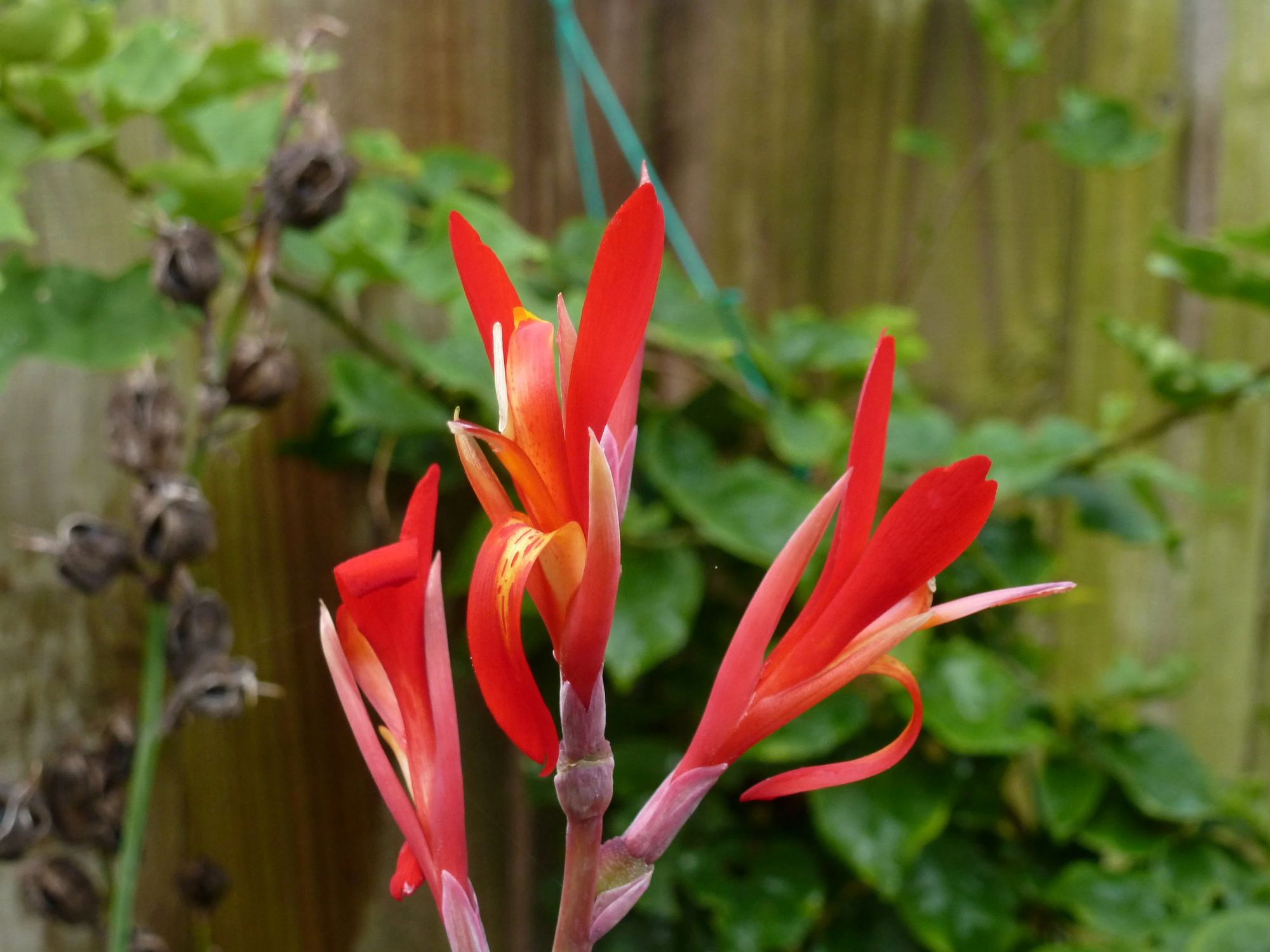
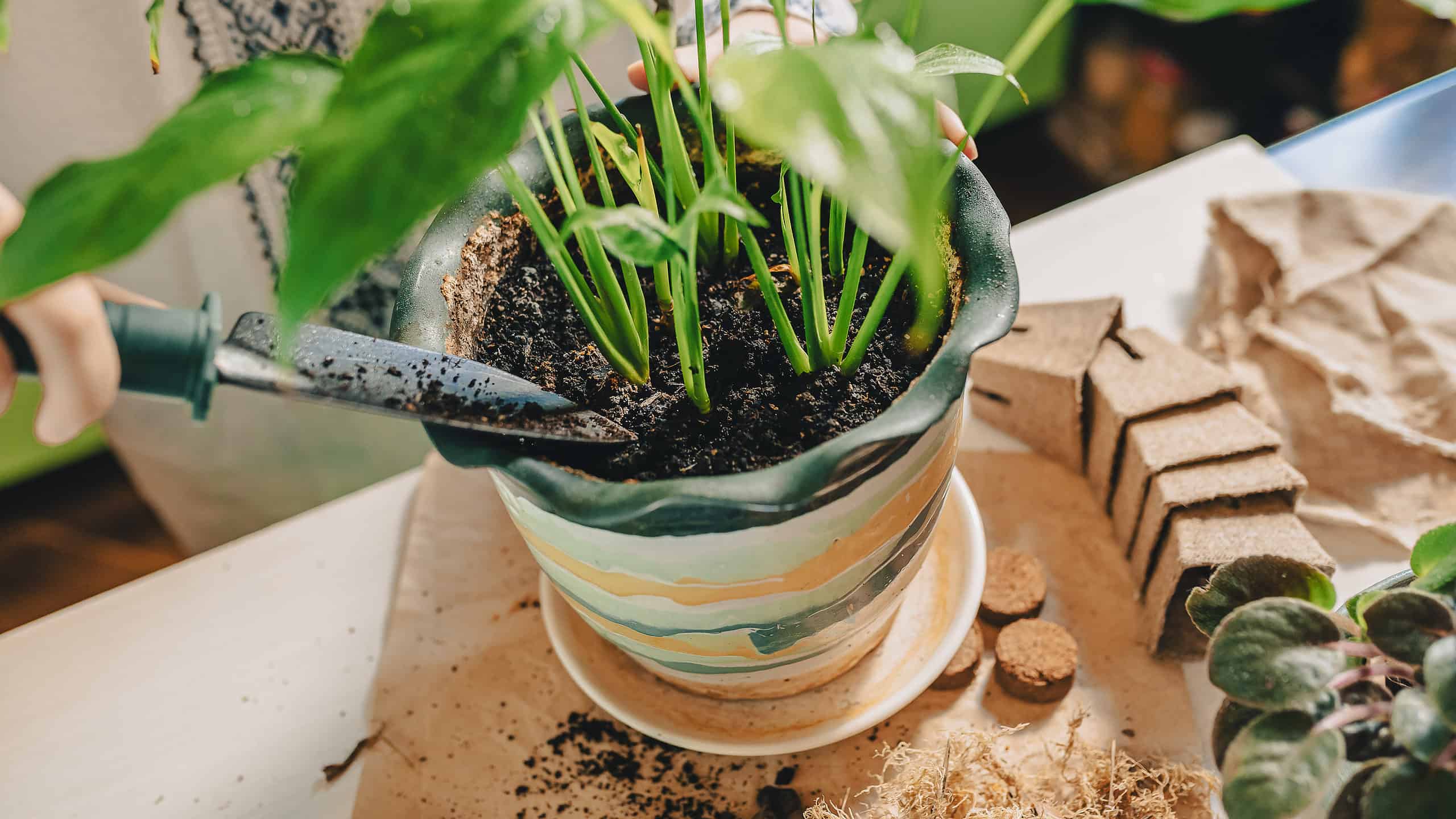
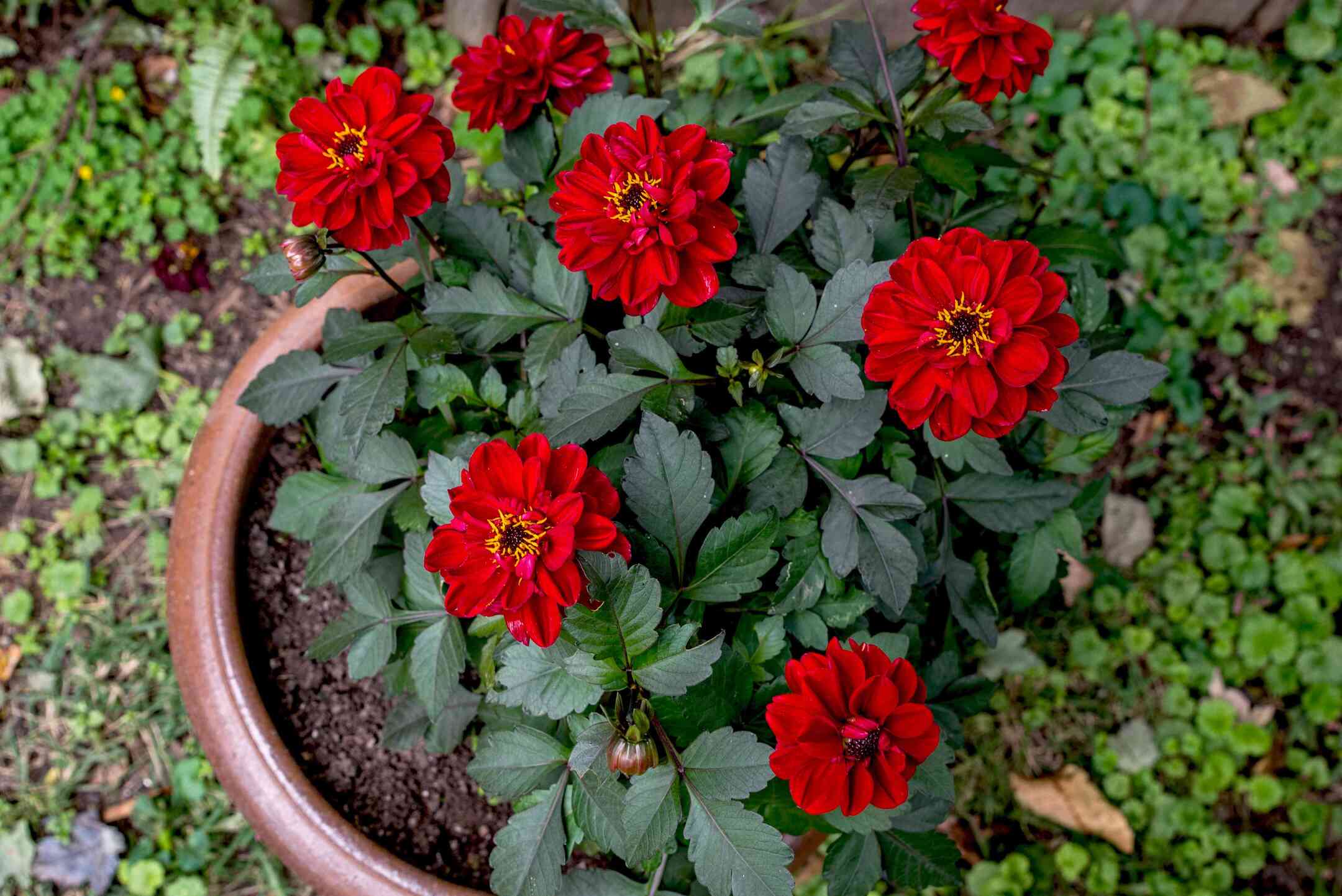
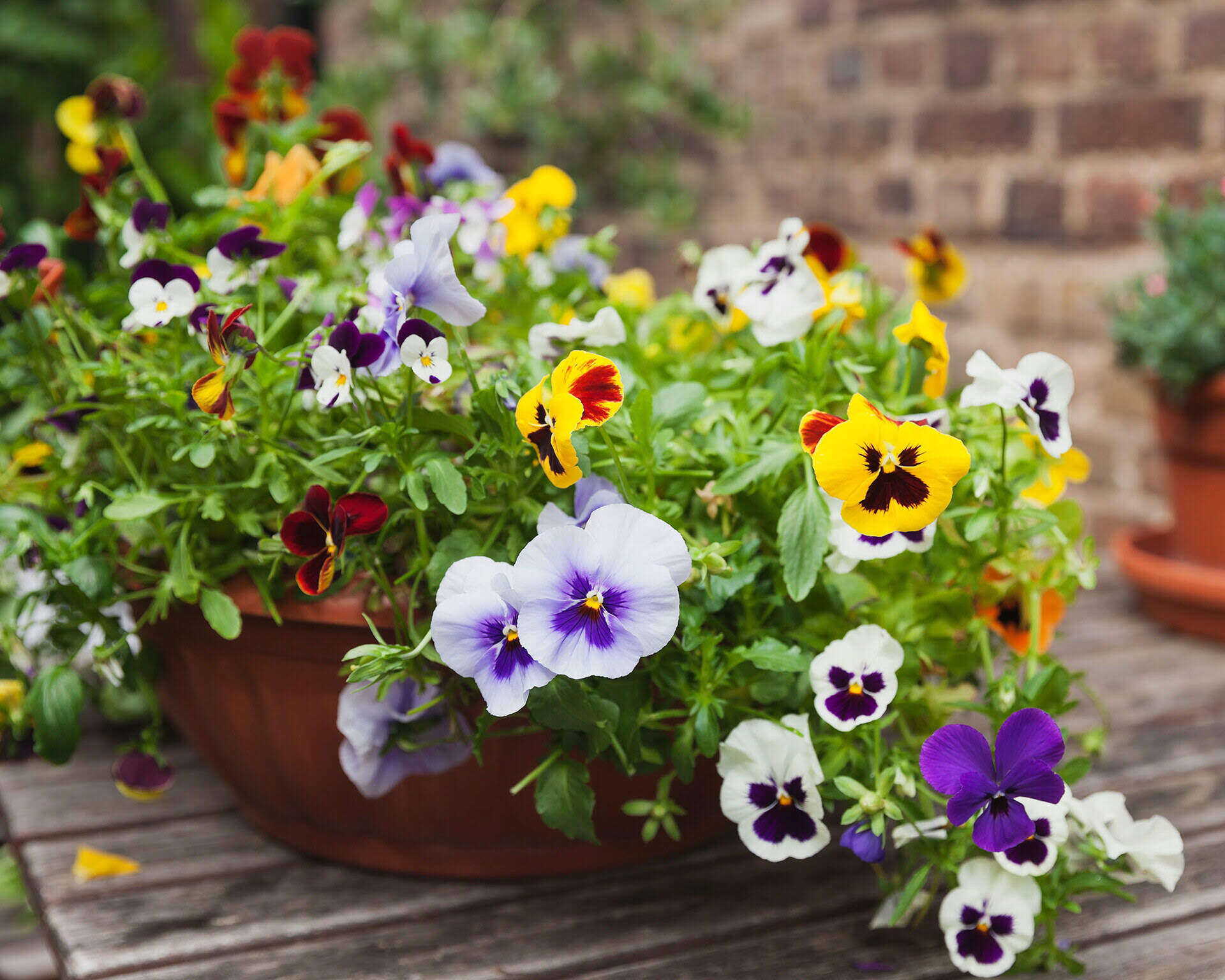
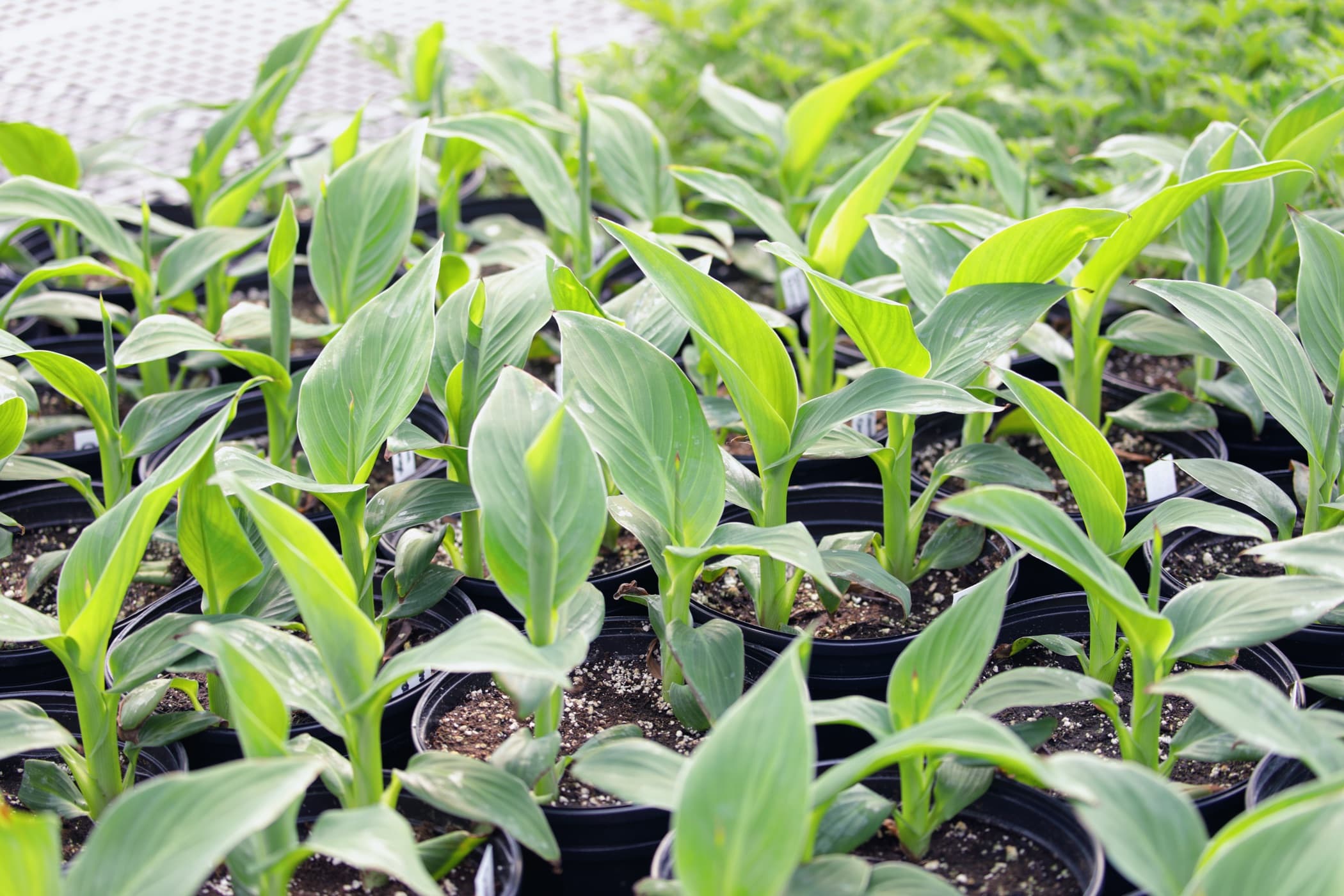
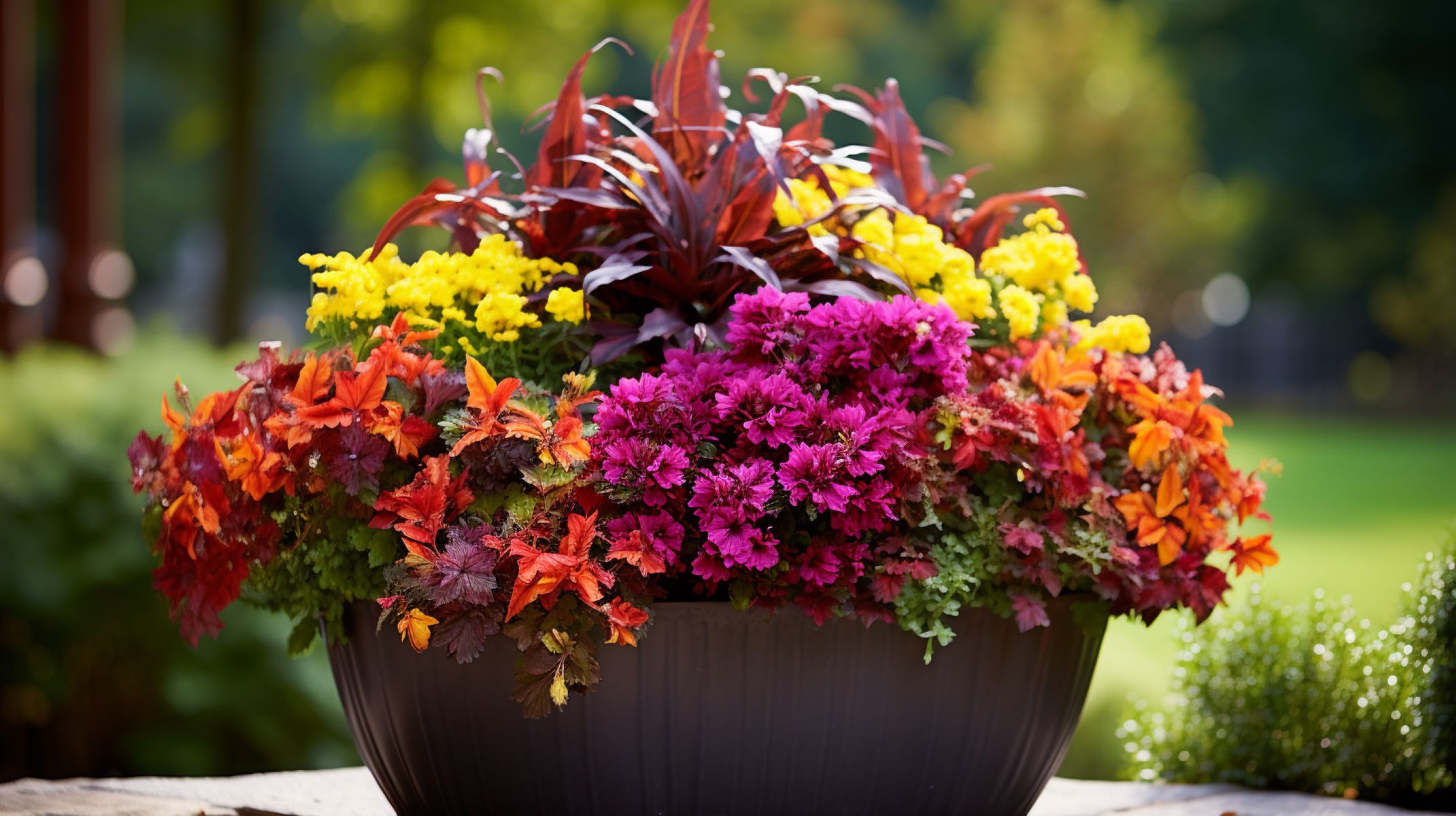
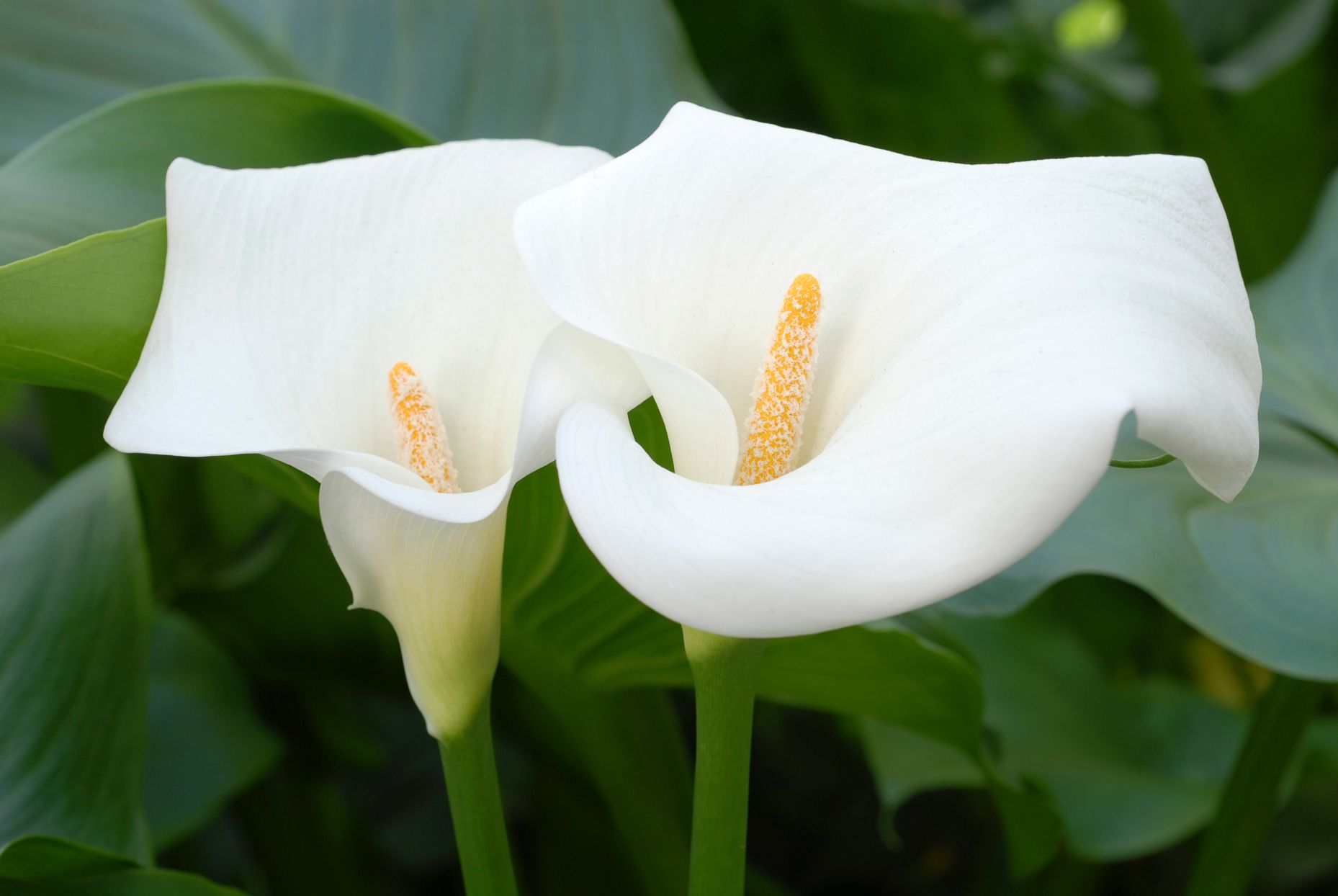

0 thoughts on “What Are Seeds In Lily Bloom”